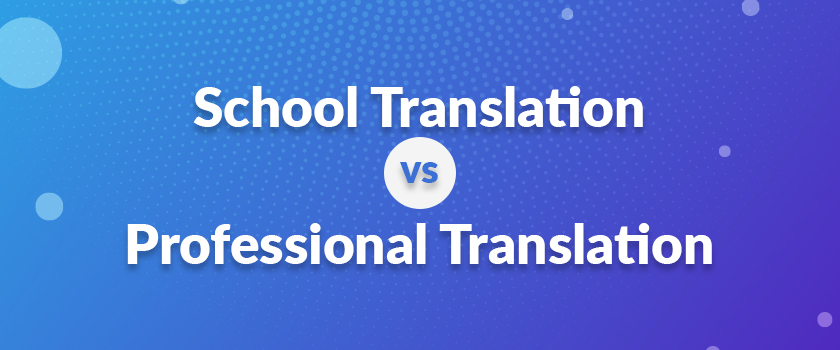Translation activity (interpreting and translation) takes place in several types of environments and can be categorized into several types including the following:
School translation is the most widespread and best known type of translation − virtually everyone experiences it in school when learning a foreign language.
Translation for one’s private practical purposes is another case. For instance, one may wish to translate certain parts of a user’s manual into one’s own language if it is written in a language one does not read easily and if one expects to have to consult the relevant passages often.
Translation can be done for pleasure in a non-professional context . The pleasure can be associated with the idea of working on a text by an author one admires or on a text which one appreciates, with the fact that translation involves a careful study of the text, with the creativity which is part of the process and with its challenges etc., without there being any communication operation in the usual sense of the word.
Interpreting is often done in a non-professional context to help friends, relatives or tourists during visits, sightseeing, shopping, etc.
As explained earlier, when students are admitted into a professional Translator training programme, their ideas on quality are most strongly associated with language comprehension, with grammatically correct writing in the foreign language and with translinguistic equivalences which they have learned at school and practiced systematically for several years under the guidance of foreign-language teachers.
In order for them to understand the parameters of quality in professional Translation, they need to be made aware of fundamental differences that distinguish it from such school translation.
School translation is designed to help students acquire foreign languages, and translation exercises at school serve mostly as drills for the acquisition of foreign-language vocabulary and grammar structures and as foreign-language proficiency tests.
It is therefore intended to serve the students themselves, in a closed system the participants of which are a teacher and language learners. In contrast, the main purpose of professional Translation is to help people who speak different languages communicate in specific situations. Translators are enablers or facilitators. They are only ancillary albeit sometimes indispensable agents because the principals need them to communicate, but theirs is a service role only.
Read Also: Tibetan Translation Service and Buddhism



